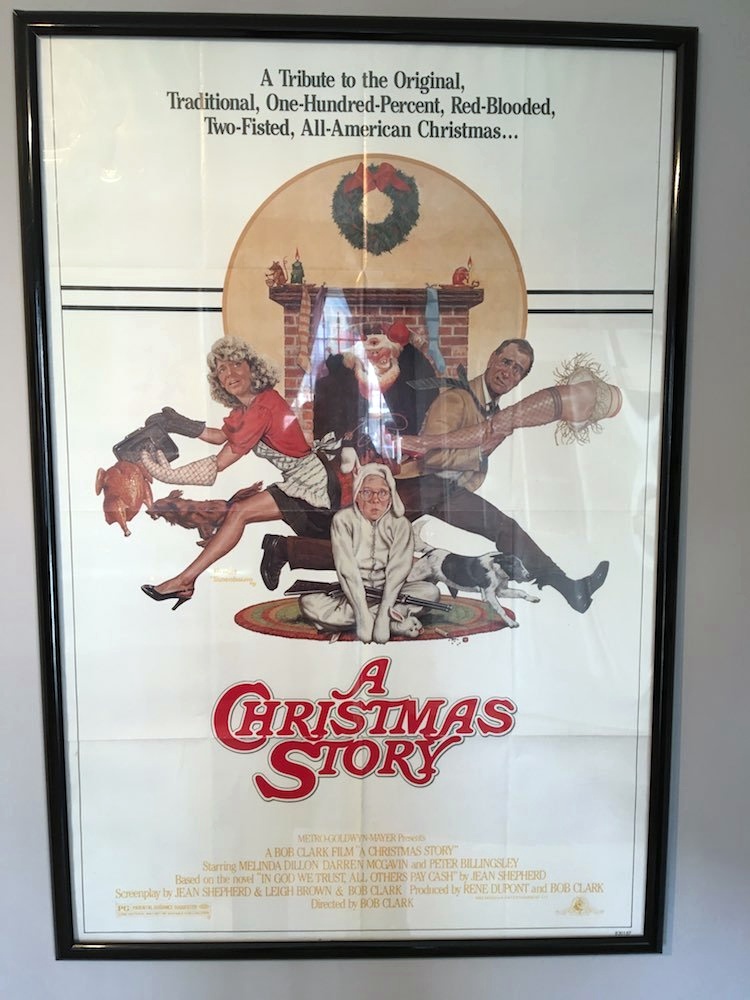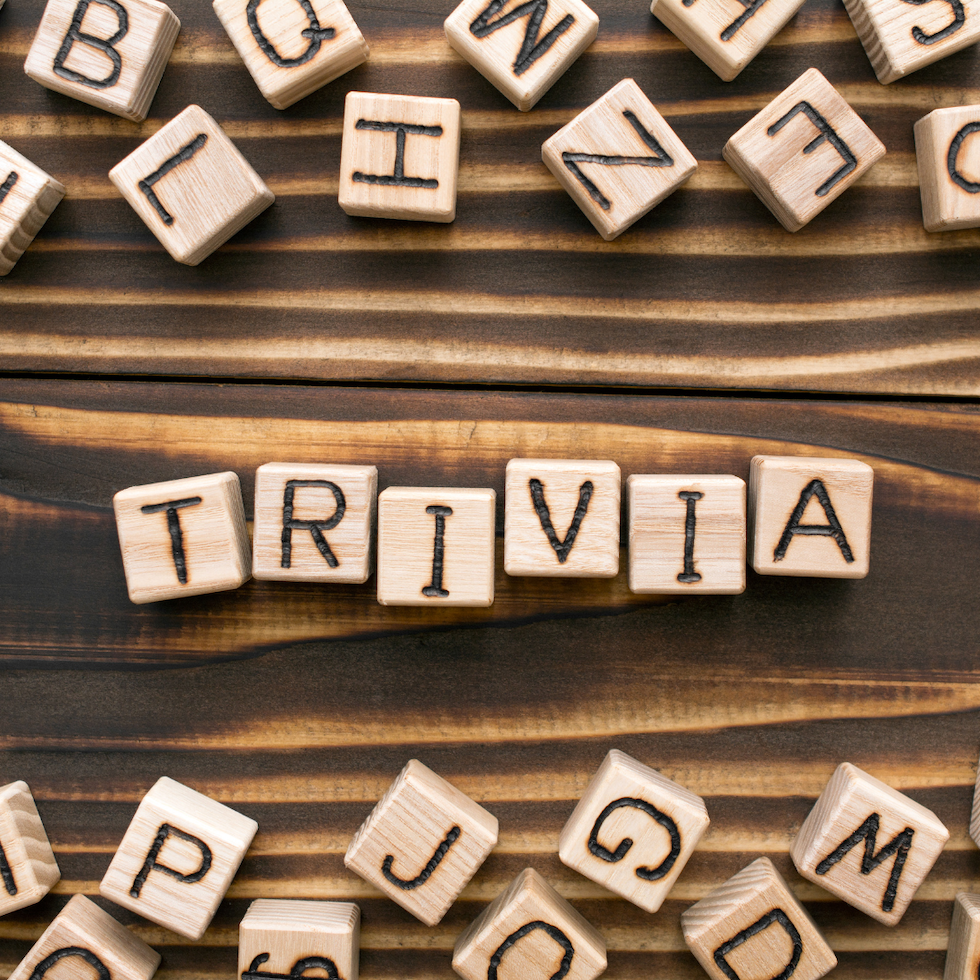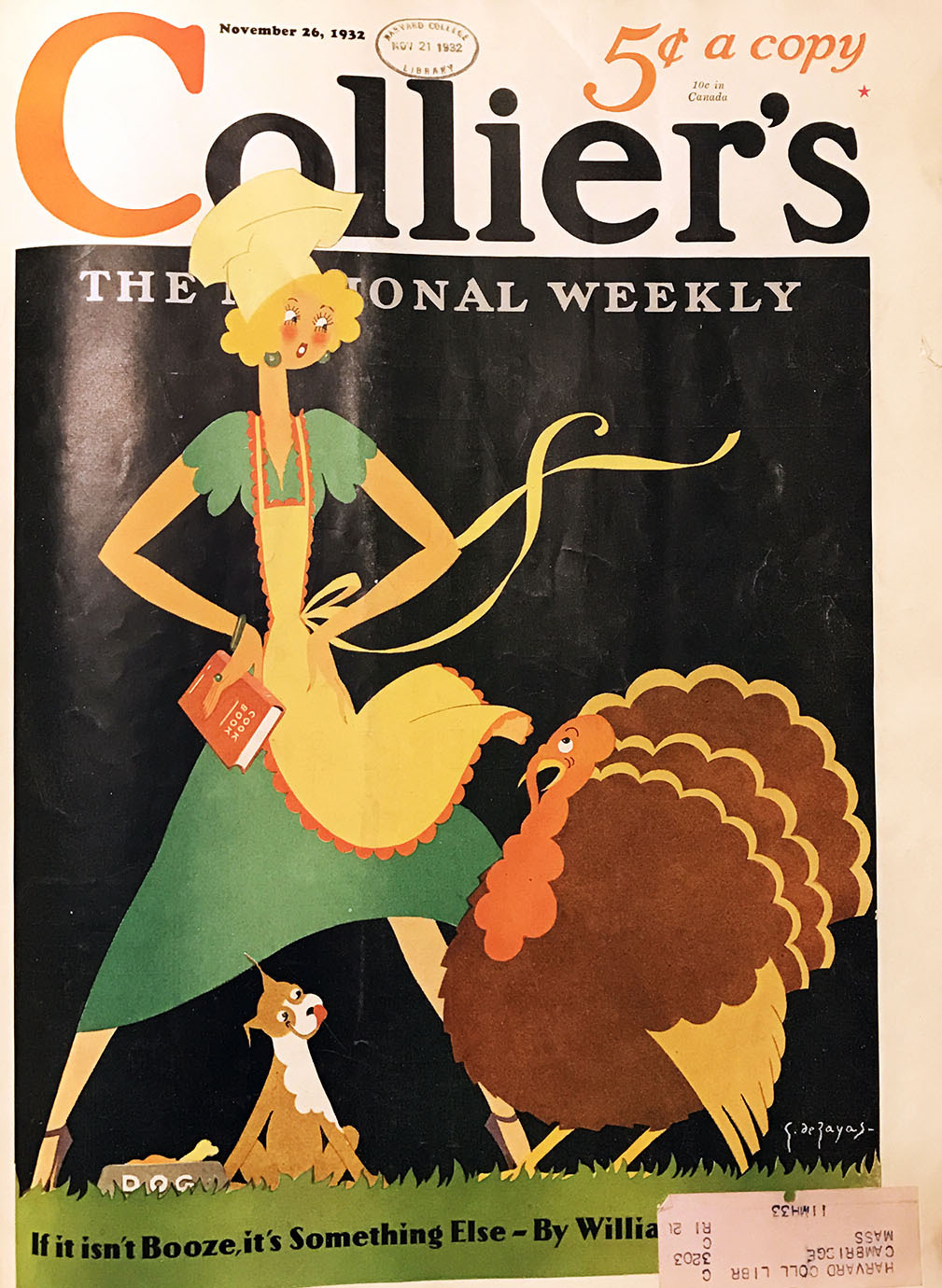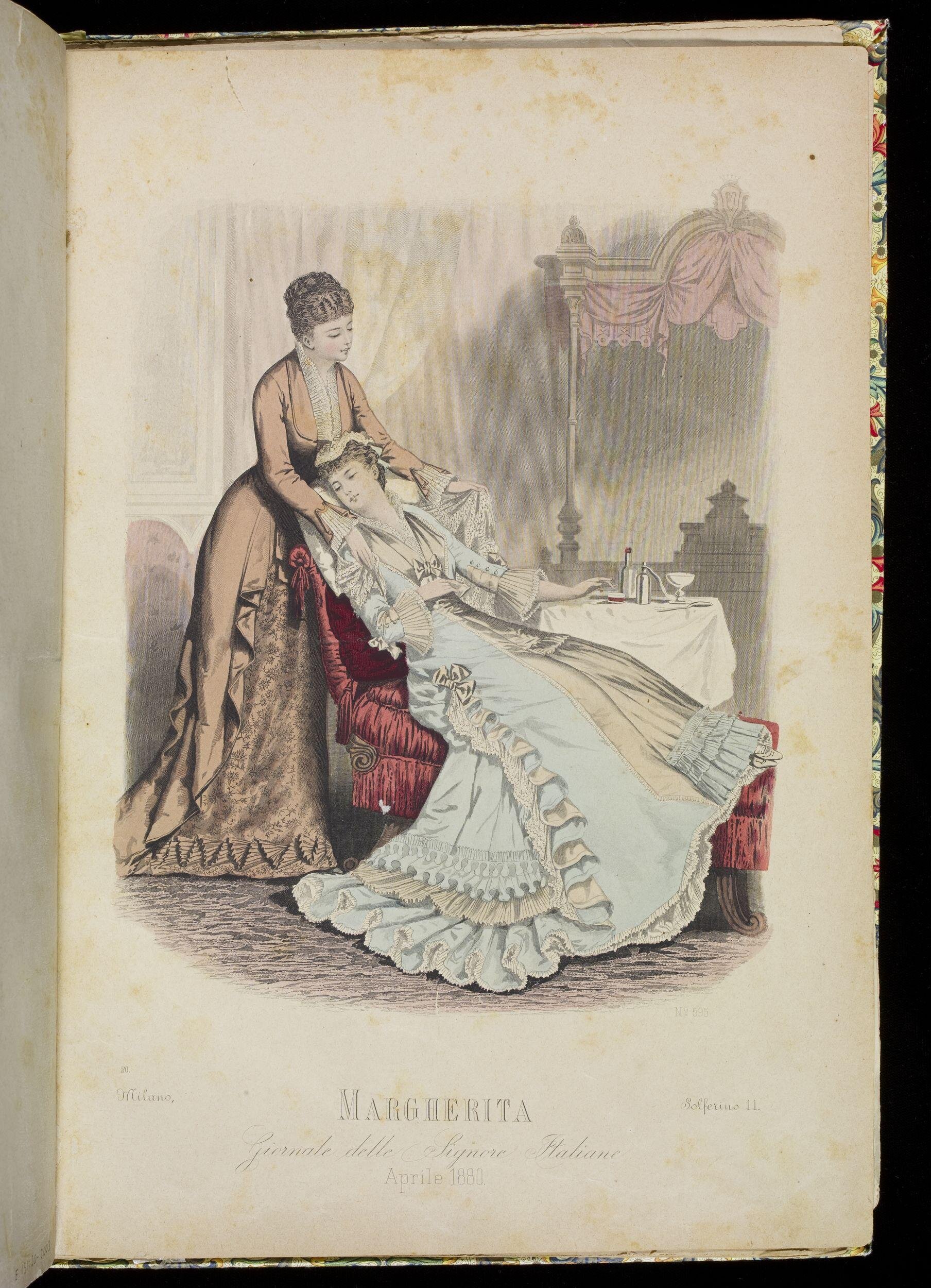Those Victorians, who from today’s point of view seemed to have a decidedly morbid bent, were fascinated by the idea of being able to communicate with departed loved ones. Though it was first brought to the market in 1890, the parlour game known as the Ouija board had been around for many years before that time. Victorians were exposed to death far more often than we are today, and the Ouija board gained immense popularity.
Between the 1840’s and 1920’s, there was a great interest in spiritualism and divination. At the same time the mainstream church declared divination a sin, which only served to drive the practice into private homes and small gatherings. Before 1890 people made their own devises similar to Ouija boards whereby a spirit might answer simple questions. Taking advantage of this “new craze” in May of 1890, three men filed a patent for the then well-known “planchette” and “talking board”.
The enduring fascination with this game is still evident today. What group of giggling little girls have not asked questions of this mysterious board during a sleepover? As ever, there are those who claim that this type of experimentation is a sin, while others see it as a harmless pastime for a long Halloween evening.











Leave A Comment